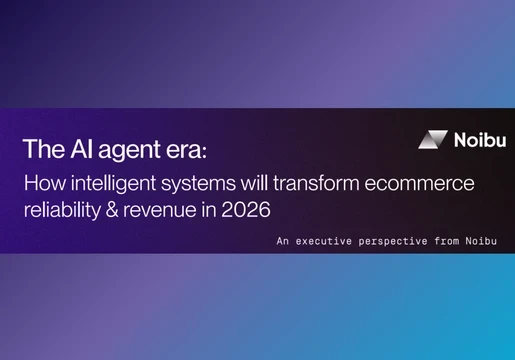In today's digital world, communicating effectively has never been more important for the enterprise. The rapid advancement of Smartphones and the global rollout of 5G services have turned smartphones into effective business communication tools, allowing teams to communicate wherever they go.

Since the pandemic, this mobile communication has skyrocketed. Hybrid and flexible working has become the new norm across the enterprise landscape, and being able to digitally collaborate is now critical to the success of any business.
As demand heightens, the need for simple, unified communication software has exploded. The global unified communications market size is expected to reach $417.86 billion by 2023, with an estimated CAGR of 17.4 per cent from 2023 to 2030, as per a report by Grand View Research.
But what could this massive market growth bring to the world of unified communications? From AI personal assistants to personalised customer interactions, in this list, we’ve compiled our top 10 predictions for unified communications in 2023.







Comments ( 1 )
Ridhima Nayyar
14/02/2023